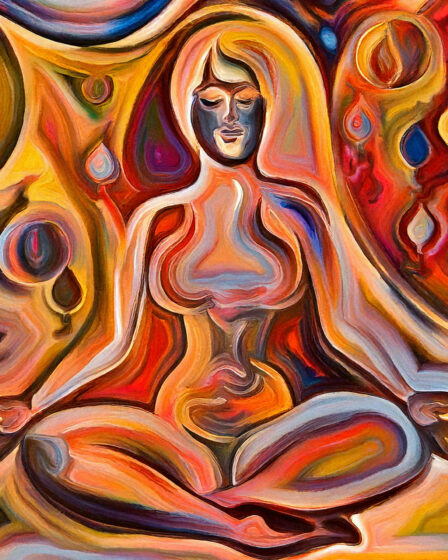Escape into a serene atmosphere and boost your productivity with this deep focus video. Whether you’re studying, working, or simply need a moment to unwind, this tranquil scene is designed to help you stay relaxed and concentrated. Let the soothing visuals and peaceful lake environment create the perfect backdrop for your focused time. Ideal for …
Spirituality
Exploring the Role of Mindfulness in Spiritual Growth
Mindfulness, the practice of paying attention to the present moment with full awareness and without judgment, has gained significant attention in recent years. While it is often associated with stress reduction and mental well-being, mindfulness also plays a profound role in spiritual growth. Spirituality, which involves seeking a deeper understanding of life, connection to a …
What is the Difference between Meditation and Mindfulness?
Meditation and mindfulness are closely related concepts, but they are distinct in their practices and applications. Meditation is a formal practice that typically involves setting aside a specific time to focus on a particular object, thought, or activity. This could involve techniques such as focusing on the breath, chanting, or visualization. The purpose of meditation …
Mindfulness in Buddhism
Mindfulness, or sati in Pali, is a central practice in Buddhism that refers to the cultivation of moment-to-moment awareness. It involves paying close attention to one’s thoughts, emotions, sensations, and actions without attachment or judgment. Mindfulness is not just about being aware; it is about being fully present, with clarity, insight, and an open mind. …
A short Introduction to Aura Reading
Aura reading is the practice of sensing and interpreting the energy field, or “aura,” that surrounds every living being. This subtle energy field is believed to reflect a person’s physical, emotional, mental, and spiritual states. While invisible to most, practitioners of aura reading claim to have the ability to see or feel this energy, using …
Energetic Healing Explained
Energetic healing, often referred to as energy healing, is a holistic approach to wellness that focuses on balancing the energy fields within the body. It is rooted in the belief that the body has an energetic system that can influence physical, emotional, mental, and spiritual well-being. By understanding and working with this energy, practitioners aim …
The History of the Mandala
The mandala, meaning “circle” in Sanskrit, symbolizes unity, harmony, and wholeness. While it is most associated with Hinduism and Buddhism, the mandala has appeared in various cultures throughout history, serving as a tool for spiritual reflection and cosmic understanding. Origins and Hinduism The concept of the mandala dates back to ancient India, where it was …






